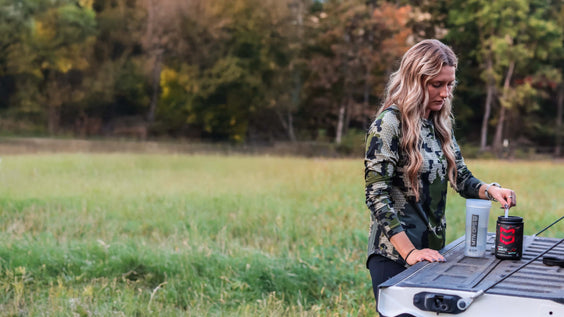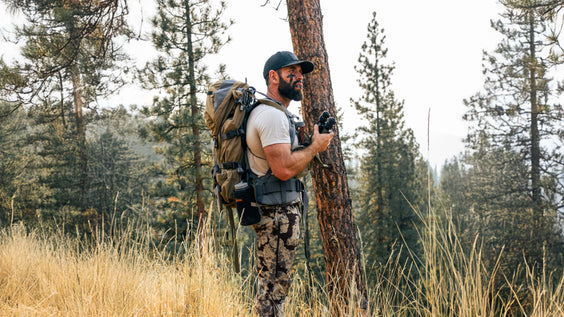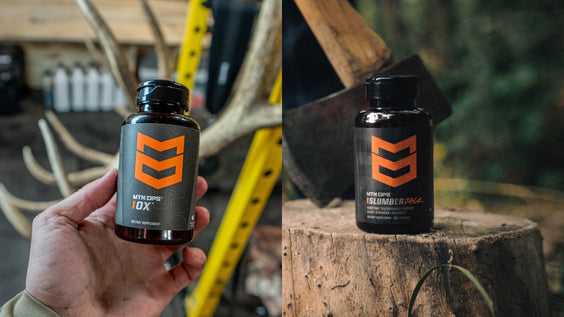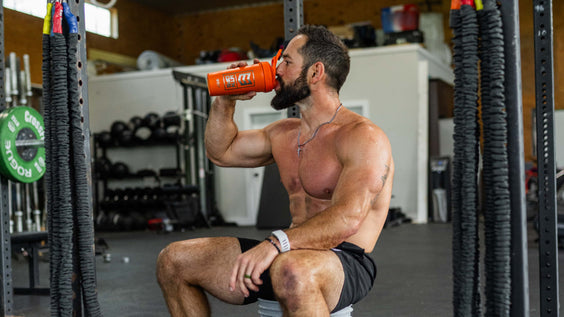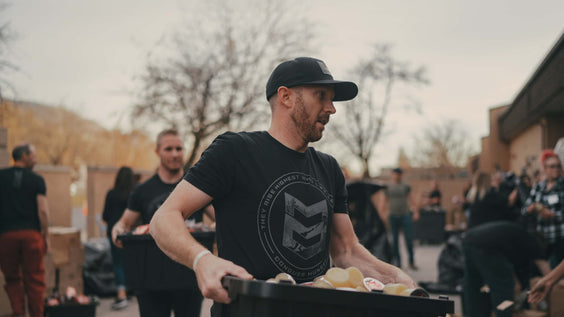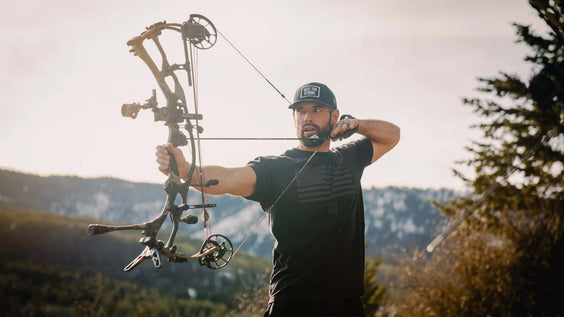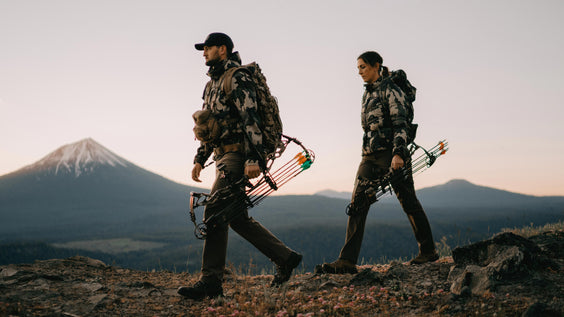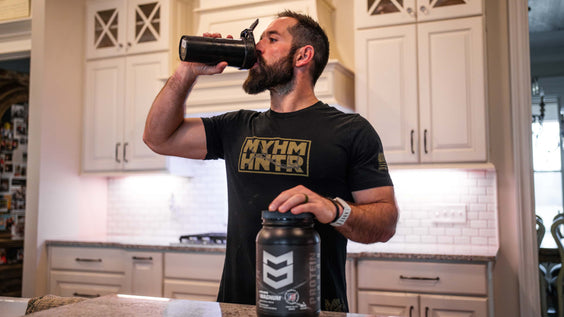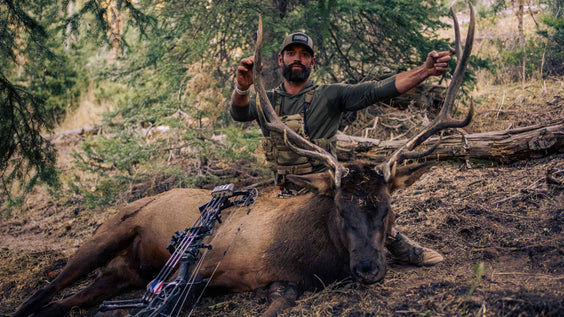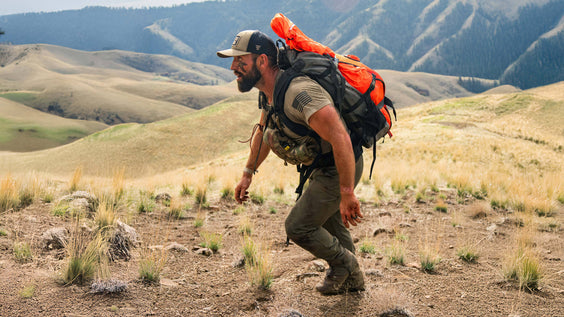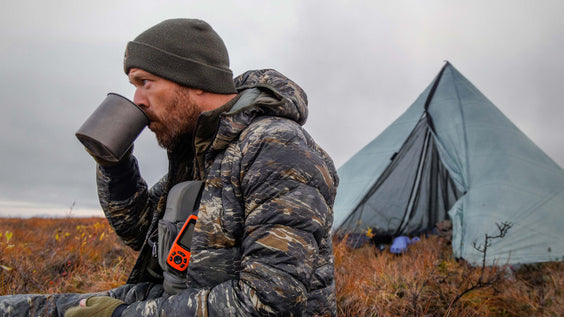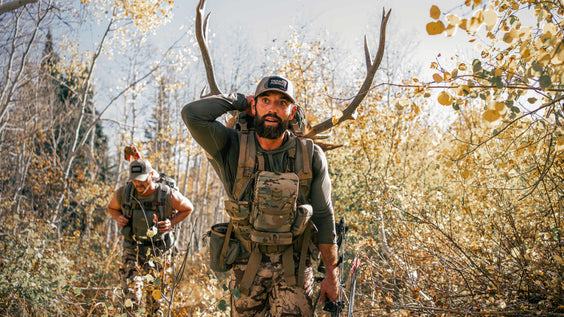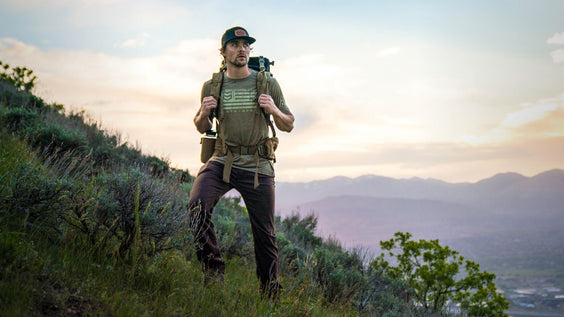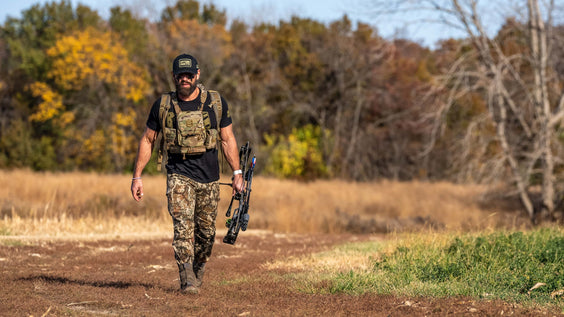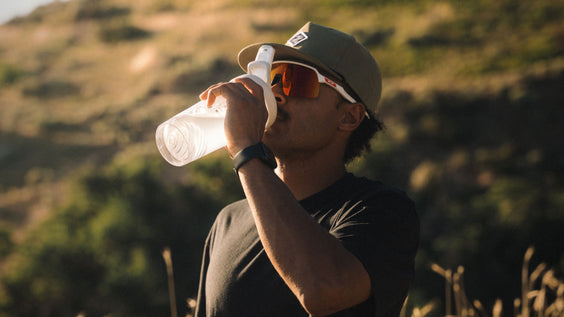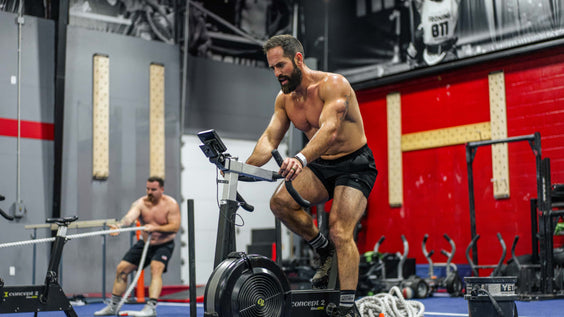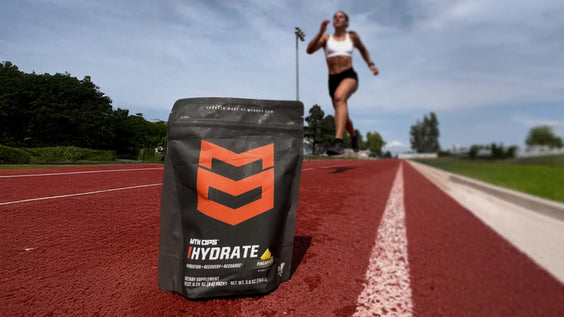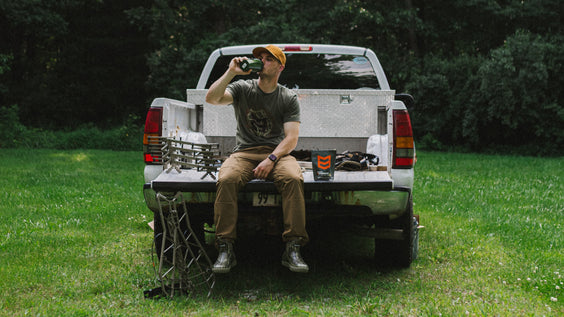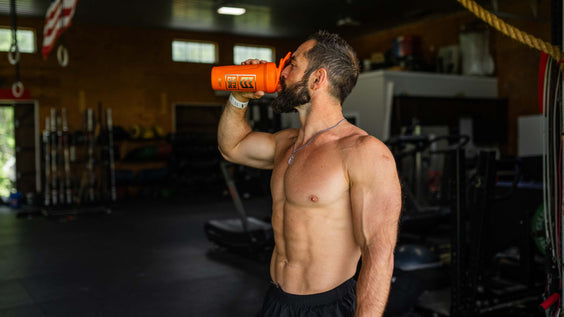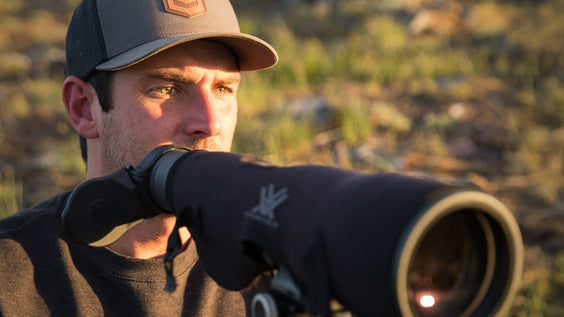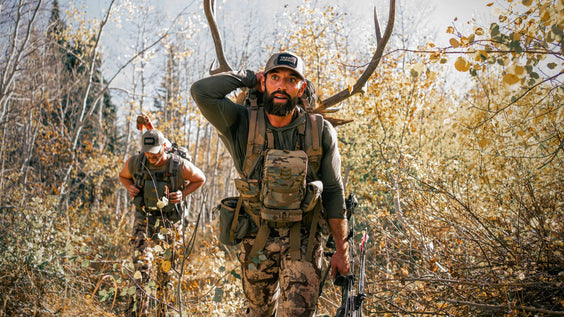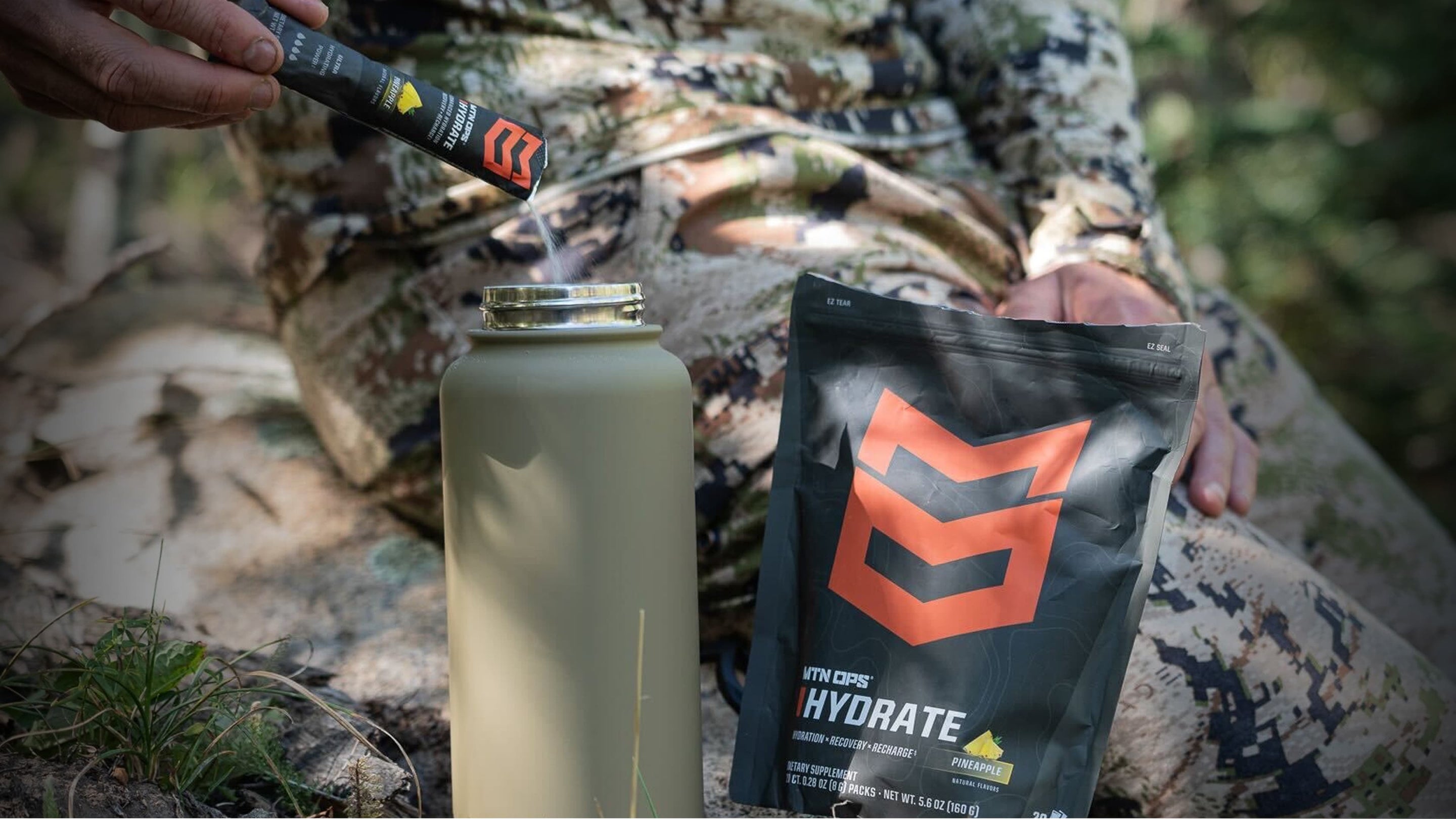
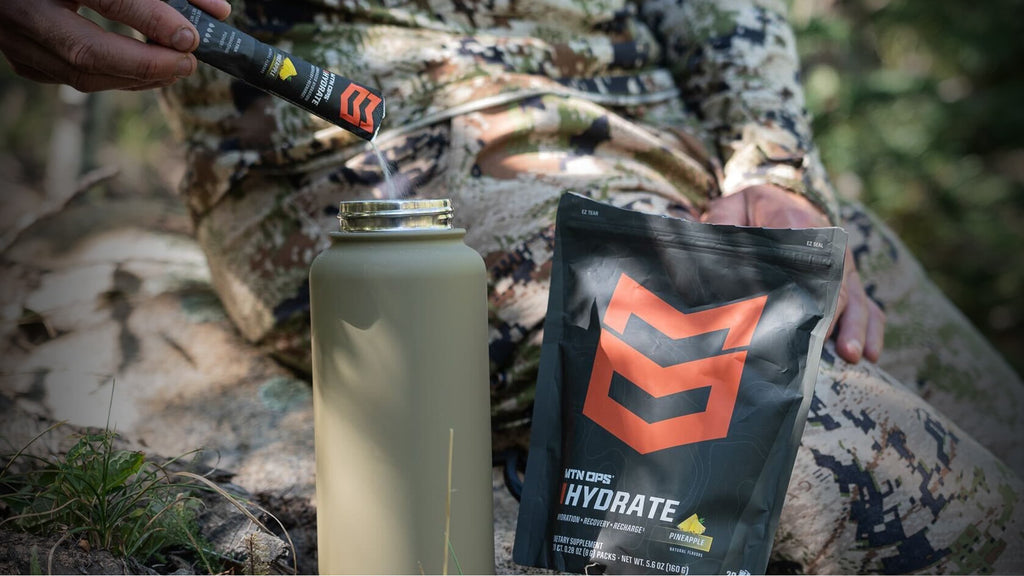
Hydration: The Foundation of Backcountry Success
Apr 17, 2025
By MTN OPS TEAM
Nothing shuts down a trip in the backcountry like dehydration. It is a deathblow. Unfortunately, the odds start to stack against you the second you step out into the wilderness.
The backcountry is anything but easy. Nothing is given. Everything is earned. Packing your gear in, setting up camp, stalking, trailing, harvesting, breaking camp, and the pack out, everything requires work. Work means energy. Energy means heat production, and heat production means you are going to sweat, a lot.
Sweating rates are extremely variable. Training status, sex, and size all influence sweating rates, and there is quite a range. Individual sweat rates as high as three to four liters per hour (or 10+ liters a day) have been reported. That is before you add in external factors like altitude, ambient temperature, humidity, and clothing choice.
Sweating isn’t the only way you lose water. Water is lost every time you go to the bathroom, during exhalation, and through insensible vaporization through the skin and lungs. A 2023 review suggests that many of these factors start to compound with increases in altitude, amplifying their negative effects on those who find themselves in the high country. Like we said, the odds are against you.
Dehydration, It’s Kinda of a Big Deal
If you haven’t gotten the picture yet, you are constantly losing water, and that’s a bad thing.
Water touches about every aspect of performance which is great if you are hydrated. It’s a different story if you aren’t. As you might recall from grade school, you are mostly made of water. In other words, your cells depend on water for structure and function. As you start to dehydrate, cellular structure and function start to suffer (source).
On a more specific level, A 2022 meta-analysis calls out the negative effects of dehydration on cardiac output, perceived exertion, thermoregulation, and blood flow, while others call attention to physical and cognitive performance.
Performance starts to suffer after losing roughly 2% of your body weight in water weight. Then, things start getting dangerous.
As the body continues to dehydrate, its ability to maintain homeostatic processes starts to break down, including all-important thermoregulatory processes (source). As these processes start to go, the chances of heat-related illnesses increase.
How Much Water Do I Need to Drink and How Often?
There are far too many stories of people failing to hydrate properly in the backcountry. More often than not, these stories do not have happy endings.
The trick is figuring out how to make sure that you come back with a success story instead of a cautionary tale. Luckily, with a little forethought and planning, you can ensure your hydration status.
The first factor you have to take into consideration is knowing how much fluid you would be consuming at a baseline. A general guideline is to take your body weight and divide it by two, giving you how many fluid ounces you need to drink daily. Because most water receptacles use the metric system, one ounce is equivalent to roughly .03 liters (or 30 ml).
Serving as a general guideline, a 2014 study found that cadets loaded with roughly 75 lbs had an average sweat rate of 1.4 liters per hour. While this is helpful, it can only serve as a guideline. Remember, sweat rates can go as high as two to three liters per hour. So, for every hour that you find yourself exerting yourself to the point of sweating, you are going to need to add that amount to your hydration needs.
If you want to get overly scientific about it. You can figure out your rough sweat rate with a simple experiment:
During one of your rucking (or a longer (>30 minutes) intense training) sessions, hop on the scale before your workout, but after any pre-workout nutrition, hydration, or rituals that you might have. Record your weight. Then, do your workout. Record your time. Dry yourself off. Then, get back on the scale. The difference between your pre-workout weight and post-workout is going to be mostly water weight. Every 2.2 lbs lost is equivalent to one liter of water. Divide your weight loss by your time relative to an hour and you have your sweat rate (L/h).
As for when and how often, the simplest idea is immediately and as often as you can. Most of us wake up dehydrated. All of that condensation in your tent? Some of that came from you, and it is only a fraction of the water you lost overnight. Getting a jump start on your hydration is going to pay dividends in the backcountry.
The American College of Sports Medicine suggests slowly consuming 5 to 7 ml/kg of body weight at least four hours prior to activity. Since most of us wake up and get after it on the trail, that means get up and start drinking.
Do NOT wait until you are thirsty to start drinking. If you are thirsty, you are already dehydrated (source), which means you are already behind. You cannot get behind when the environment is stacking the odds against you.
Most hunters and hikers now use water bladders with hoses. A cool shot of water is just a head turn away. One 2018 study determined that one mouthful of water is roughly 27 ml. For simple math, call it 25 ml. That means you need 40 mouthfuls of water to get to a liter.
A position stand from the American College of Sports Medicine suggests that keeping a constant pace of consuming roughly 0.4 to 0.8 L/h helps support performance while on the trail. That’s 16 to 32 mouthfuls an hour.
When you get back to camp, you have to make up for lost time. Check all your water receptacles and do some math. How much water is left in your bladder and water bottles? Add that to the amount of water you drank at breakfast. Then take that from the sum of your basic requirements and your sweat rate multiplied by the amount of time you spent sweating. That is your net water consumption. Now that you are at camp, you can relax and slowly sip the difference.
Most of the research suggests that you actually need to go above and beyond for full rehydration. A 2003 review paper suggests that proper rehydration requires consumption of the basal amount of water requirements plus an amount between 120% and 150% of water lost while exerting yourself in the backcountry.
Luckily, you also get to include water in your food in your water calculations. Each time you hydrate a dehydrated meal, you are going to get at least 0.2 liters. So you don’t have to drink all of your calculated water. But, you are still going to have to drink the majority.
Yes, You Need Electrolytes
If you are sweating, you are losing electrolytes (source), namely sodium, potassium, magnesium, and chloride. Each of these minerals carries a charge and is a crucial component in multiple physiological processes. Additionally, electrolytes help you retain water (source). When these elements are lost, their support goes with them, causing these systems and water retention to suffer.
There is another complication that comes with electrolyte loss. Water and electrolytes are held in a tight balance. People naturally drink water as they sweat, which is generally a good idea. The problem starts when extended, intense efforts like loaded hiking start to last longer than two hours (source).
As water consumption and electrolyte loss without replacement continue, the balance between electrolytes and water starts to get further and further out of range, resulting in hyponatremia, or electrolyte imbalance.
Electrolyte imbalance can present itself in a variety of ways, ranging from headaches and dizziness to fatigue and cramps. Depending on the severity, it can even result in coma and death (source). Unfortunately, these symptoms look very similar to those found in dehydration.
Luckily, most camp foods, especially dehydrated foods and trail snacks, are stacked with sodium. But sodium is only one of the electrolytes lost during intense sweating. Potassium, magnesium, and chloride also need to be replenished. Whether through supplementation or food sources, these electrolytes should not be forgotten.
Success is Built on the Foundation of Hydration
Success in the backcountry is built on the foundation of hydration. With a little foresight and proper planning, you can rest assured that you are building on a solid foundation.
Drinking early and often while occasionally adding in electrolyte mixes of sodium, potassium, chloride, and magnesium are the keys to success and maintaining optimal fluid balance.













